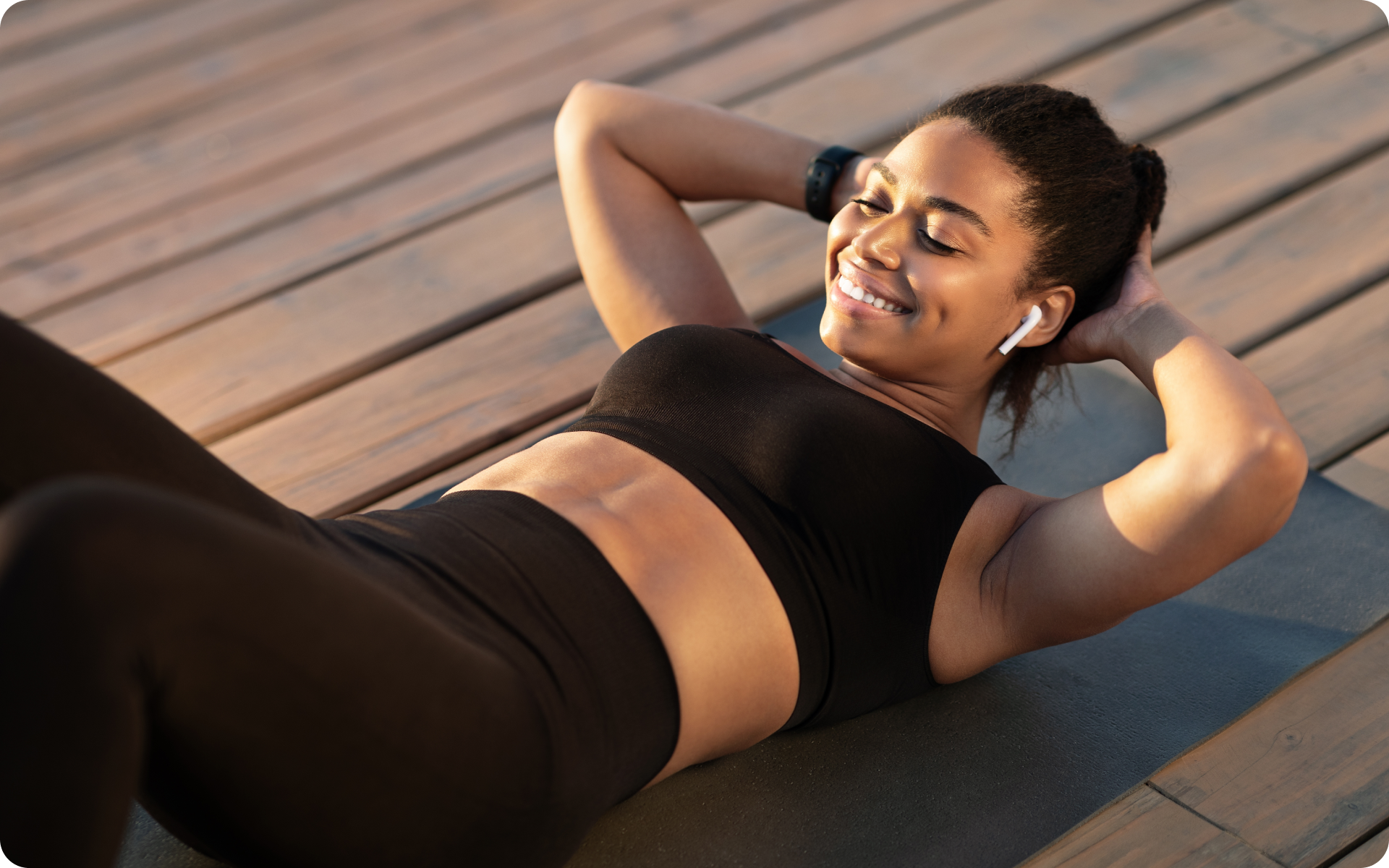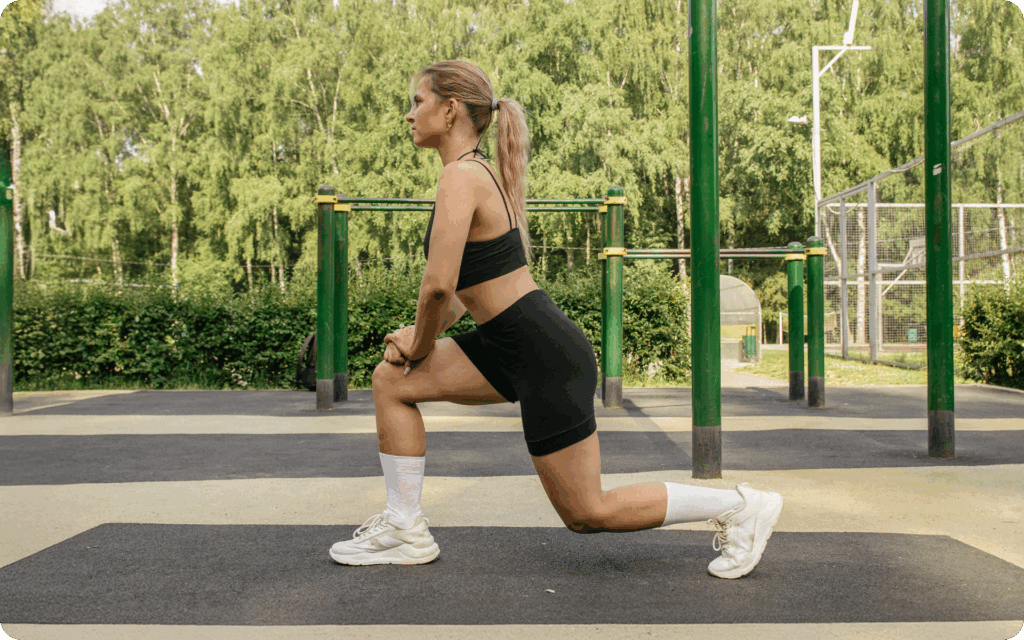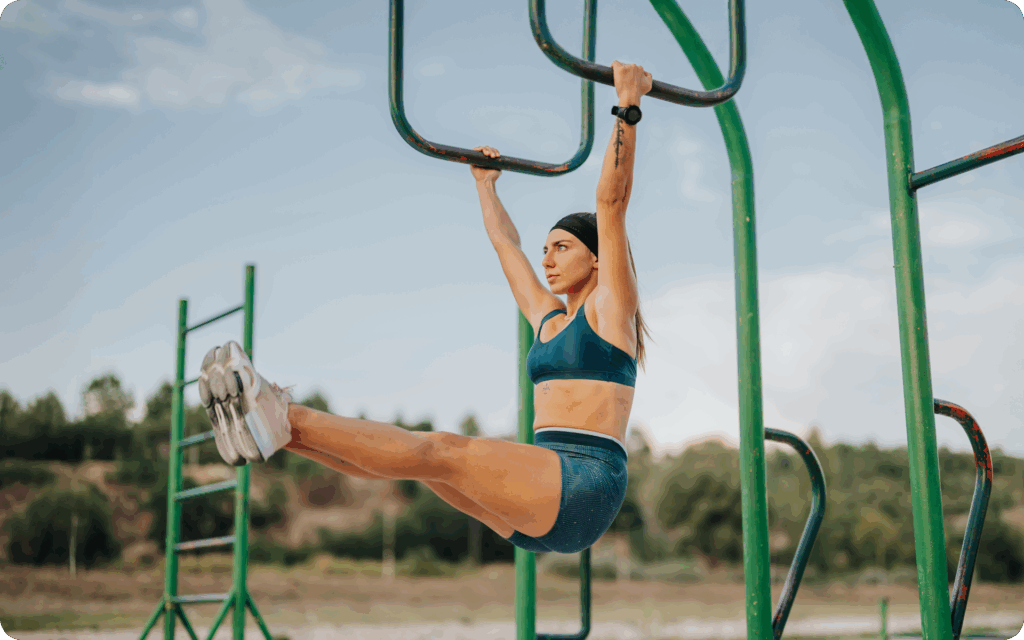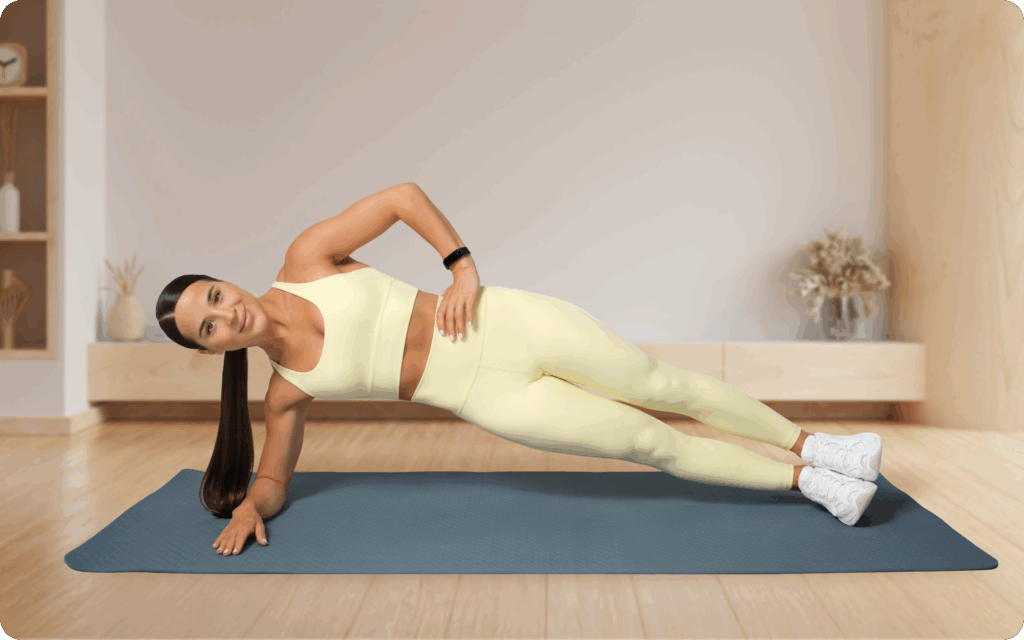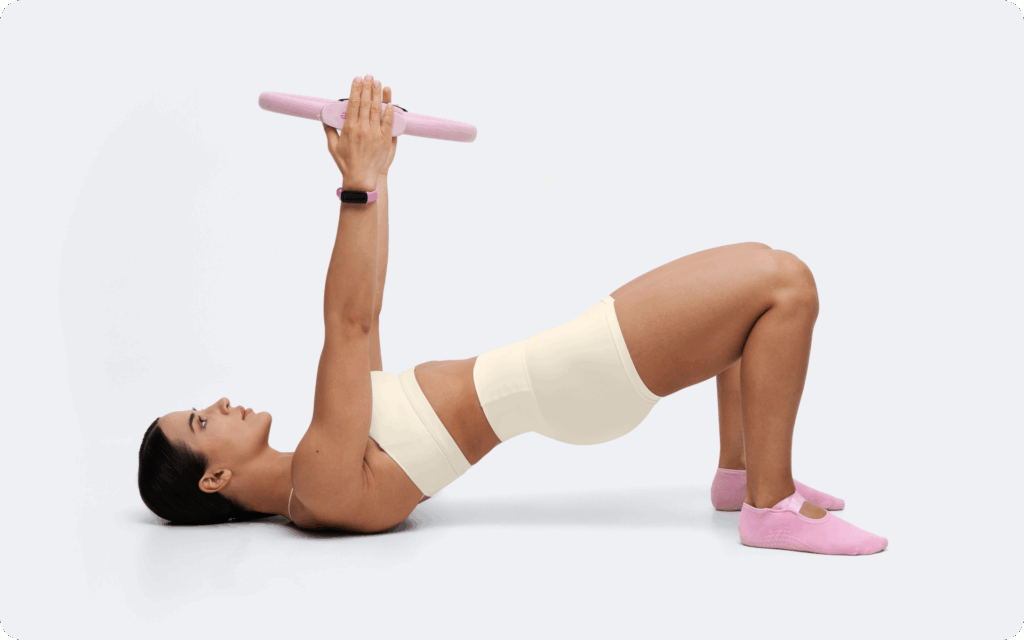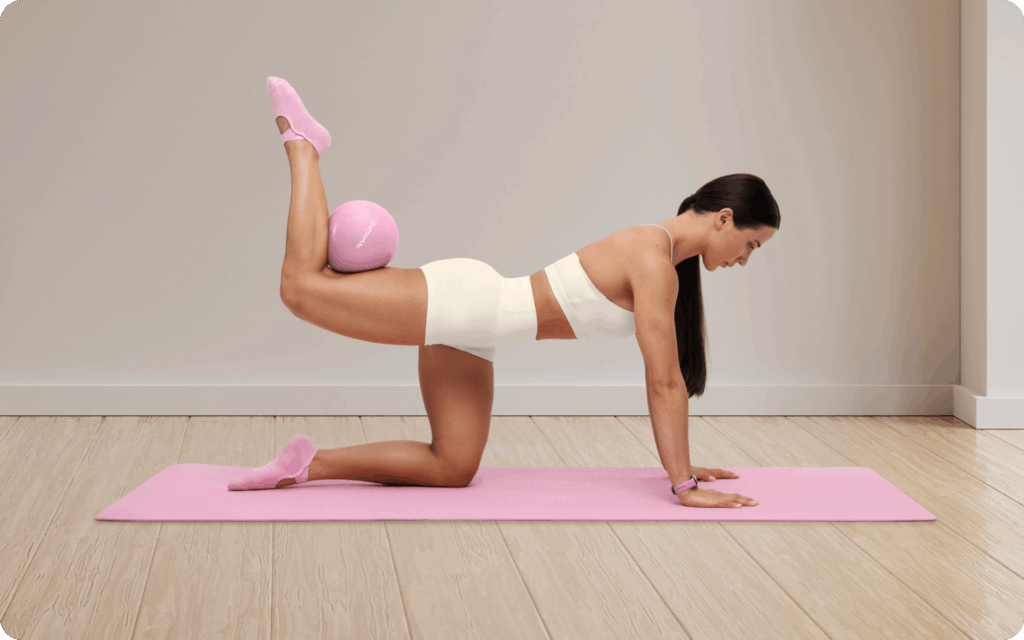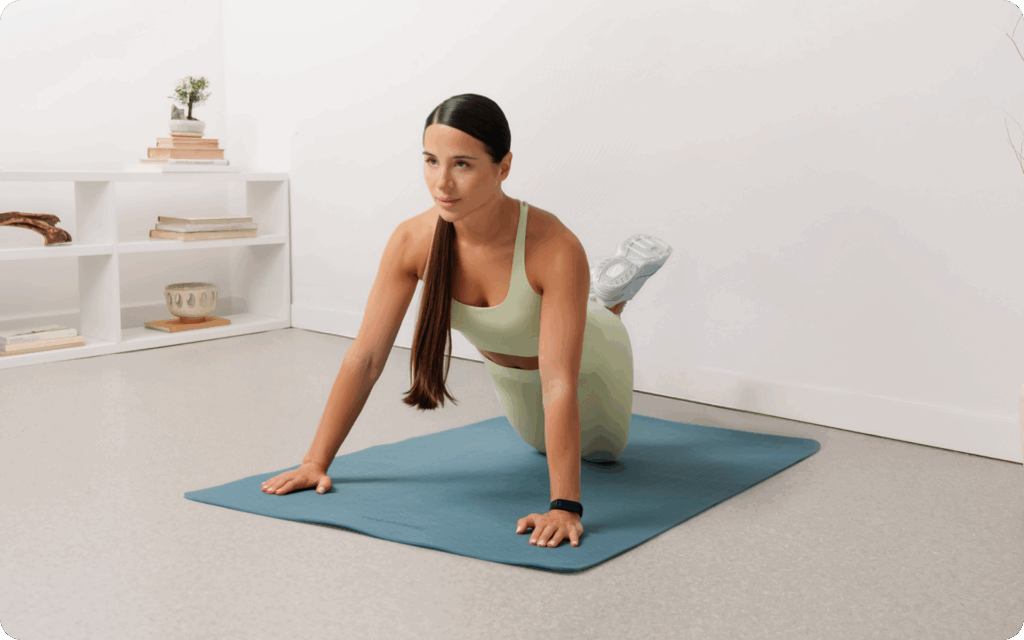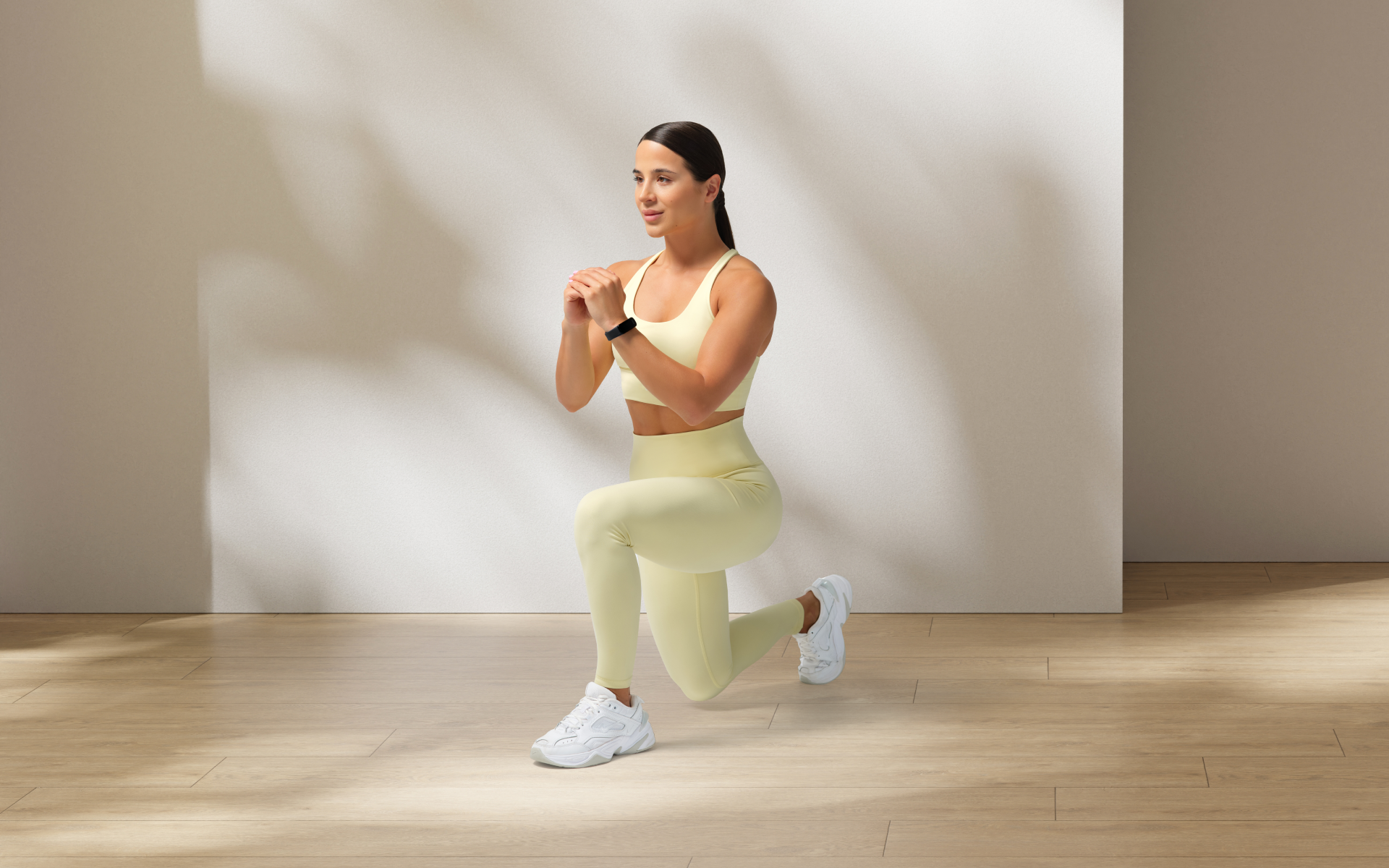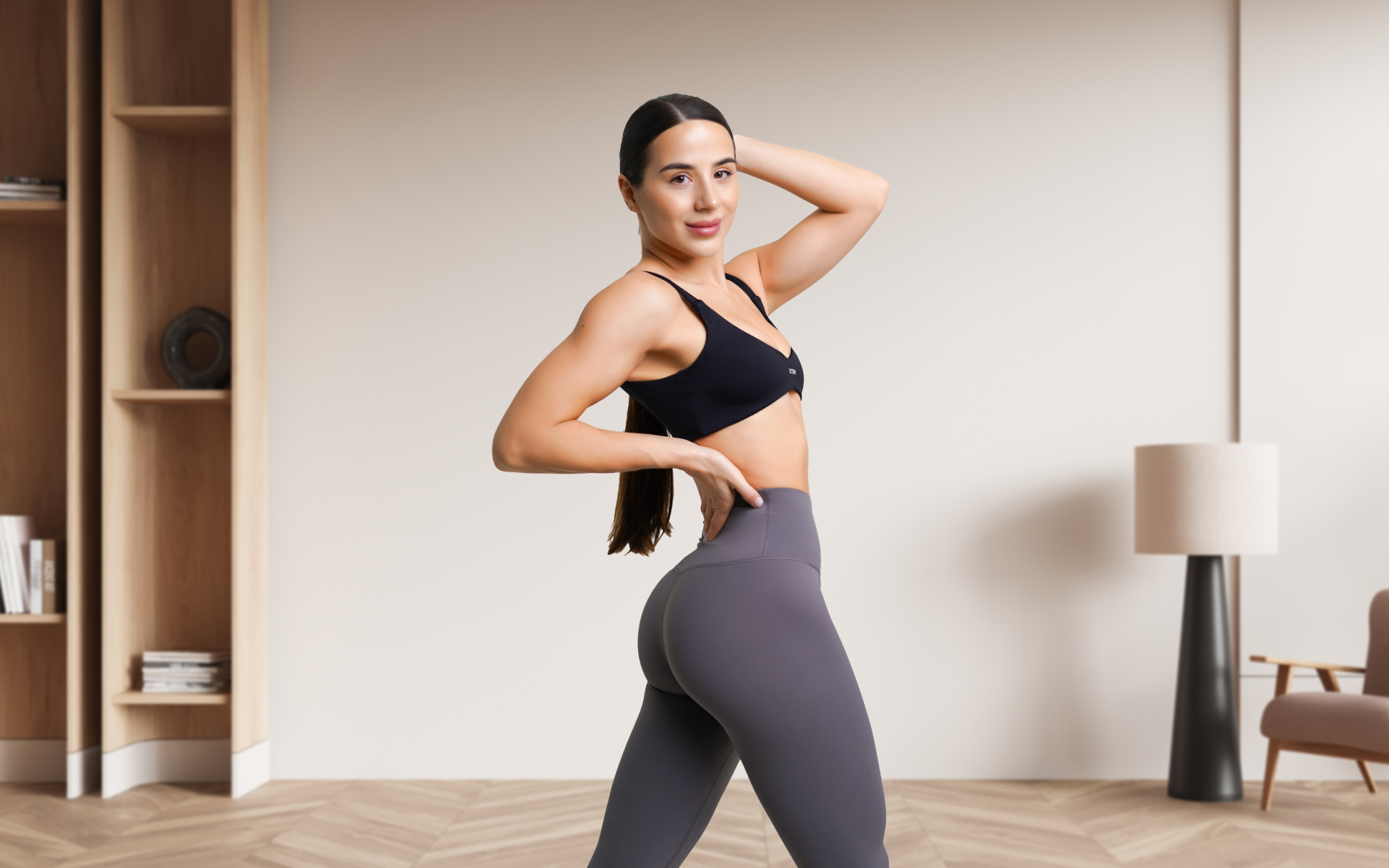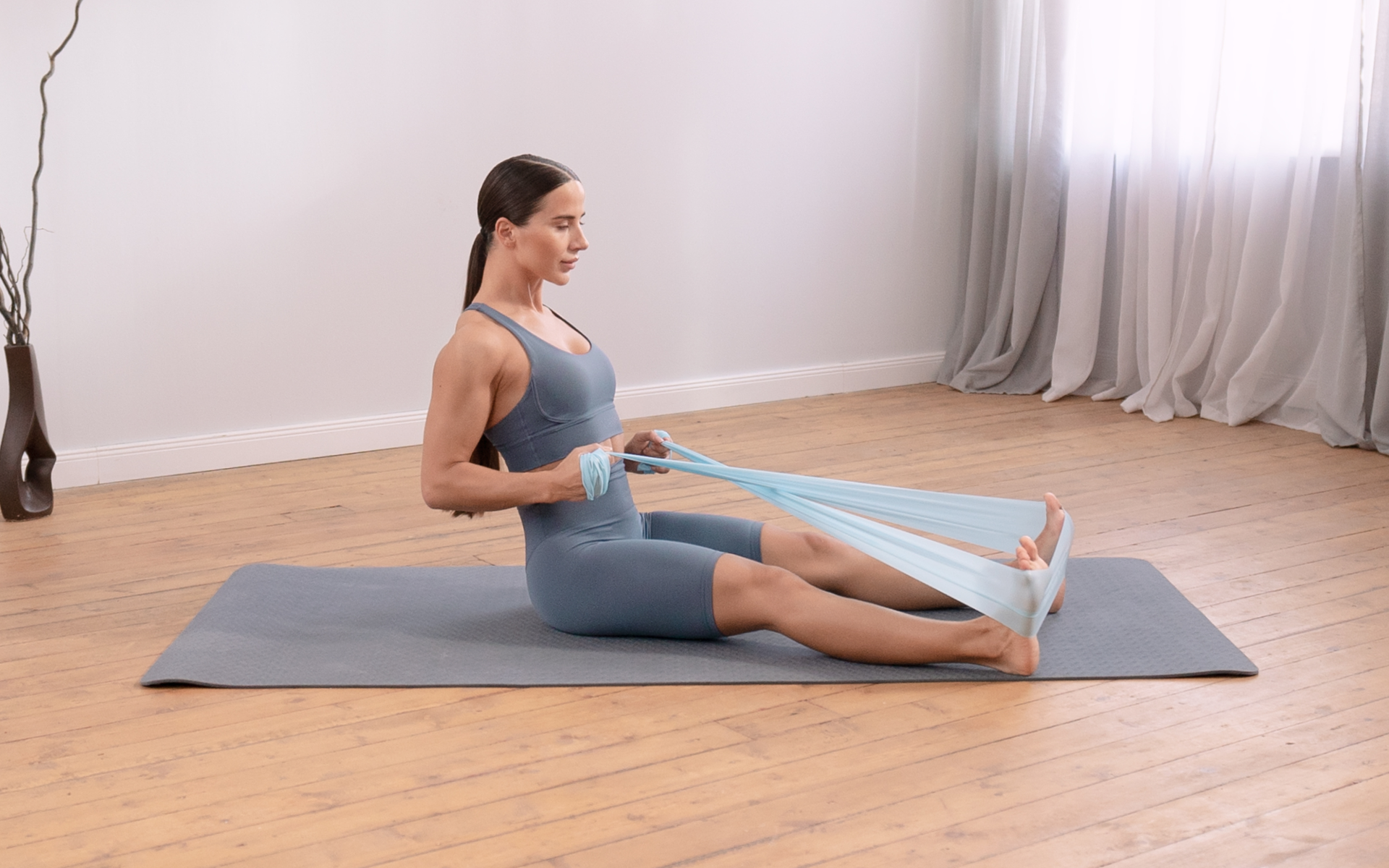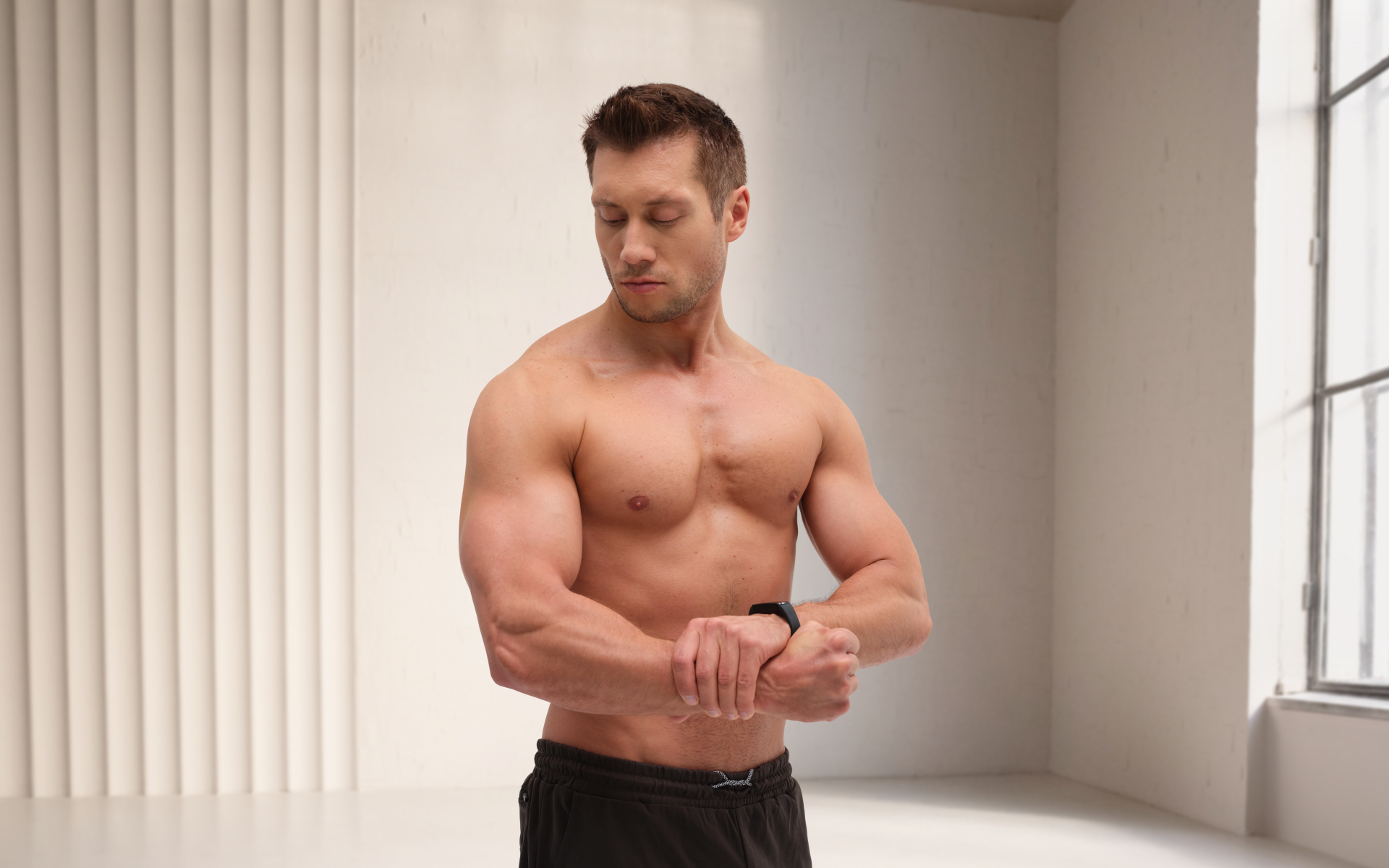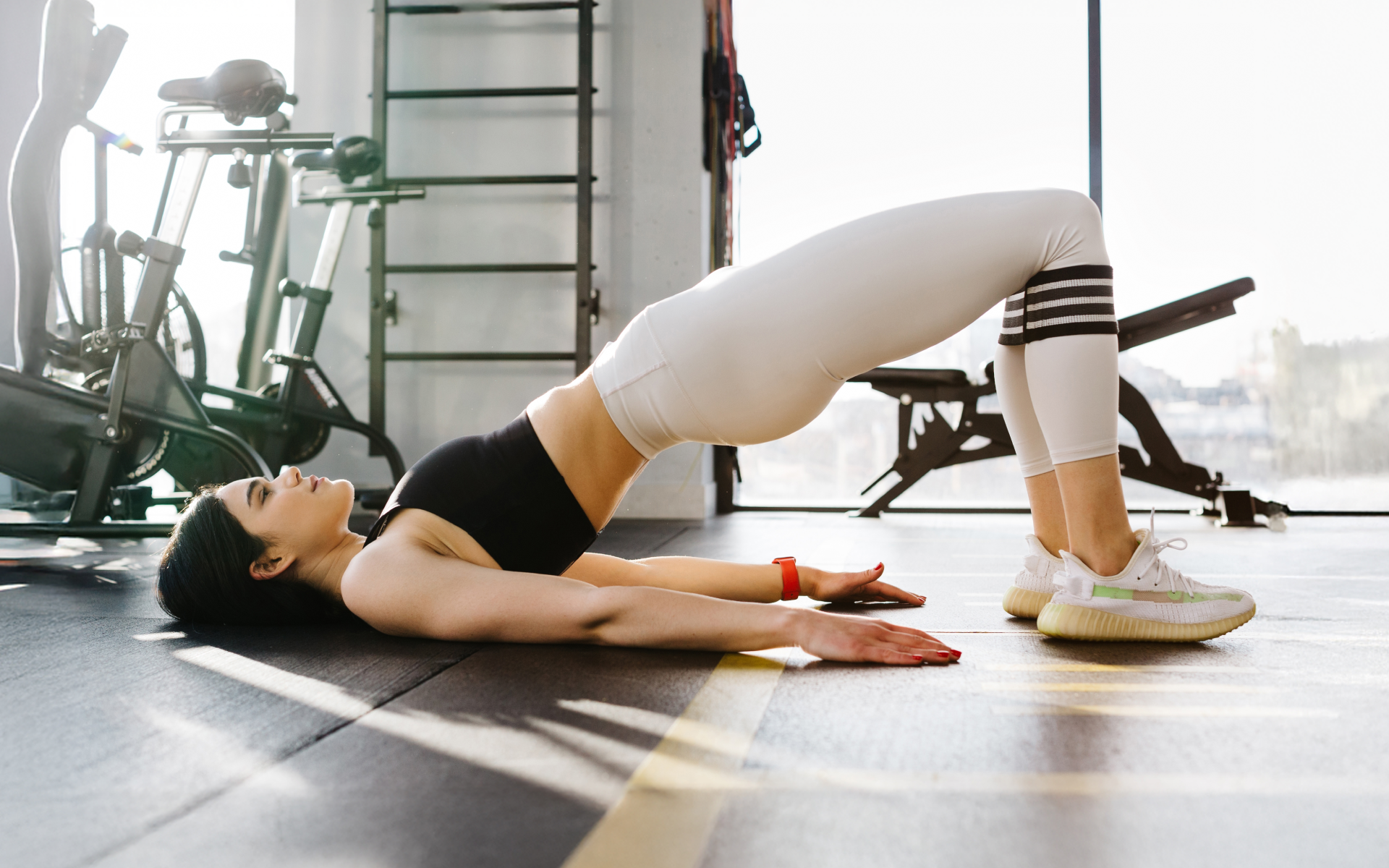So, you’ve decided to give calisthenics a go. First of all, go you! That’s a brave and powerful first step already! Whether you’ve been watching others fly through pull-ups on social media or you’ve simply grown tired of crowded gyms and complicated machines, calisthenics offers something refreshingly simple: your own body, as your gym.
Now, let’s be honest. Starting a beginner’s calisthenics workout can feel like jumping into the deep end. There’s a lot of talk about core control, perfect form, and seemingly impossible moves such as human flags and handstands. But here’s the truth: nobody starts there. The journey starts with the basics, and the basics are beautiful.
Calisthenics is about building strength, flexibility, and control. There’s no expensive gear needed and no fancy routines. It’s real, raw, and incredibly empowering. Whether you’re doing it in your living room, in a quiet park, or on your bedroom floor, this practice has a way of reconnecting you to your body and reminding you what it’s capable of.
This article is your guide. Think of it like a warm, no-judgment introduction to everything you need to know, from why calisthenics feels tough at first to how often you should train. Let’s get into it.
Why Is Calisthenics So Hard for Beginners?
If you’ve tried a few bodyweight exercises and ended up gasping for breath or flopping onto the floor mid-push-up, you’re not alone. Starting a beginner’s calisthenics workout can feel downright humbling and that’s okay. In fact, it’s completely normal.
Calisthenics looks simple on the surface – no weights, no machines, just your body and the floor. But here’s the catch: you’re lifting and controlling your full bodyweight and that’s no small feat. When you’re new, your muscles and nervous system haven’t yet built the communication needed to perform these movements smoothly. It’s not just about strength, it’s also about control, balance, and coordination.
Let’s break it down even further:
- Your Core Is in Charge
Most calisthenics moves require a strong, engaged core (1). Without that, everything from squats to planks feels unstable. However, if you’ve spent most of your life sitting or not moving much, that deep core strength can take time to develop. - Body Awareness Takes Practice
Calisthenics is all about how you move, not just that you move. Beginners often struggle as they haven’t yet built that sense of body awareness – what’s often called proprioception (2). It’s why holding a simple hollow body position can feel like a full-body earthquake. - It Challenges Your Weak Spots
Machines at the gym often isolate muscles and provide support, but with calisthenics, your body has to do all the stabilizing on its own. This means your weak points can’t hide. That’s a good thing for growth, but yes, it can feel tough at first. - Progress Isn’t Linear
One day you may feel on top of the world after your workout, while the next day, it may feel like you’re back at square one. That kind of up-and-down progress can be discouraging if you expect immediate results. However, the truth is, your body is working hard beneath the surface every single time you show up.
So why is calisthenics hard for beginners? Because it’s real. It doesn’t mask imbalances, it reveals them. And here’s the beautiful part: it also gives you the chance to rebuild from the ground up. With consistency and patience, the same moves that feel impossible today can become your warm-up tomorrow.
Read more: Pilates Resistance Bands Exercises
How Do Beginners Start Calisthenics?
Starting anything new can feel awkward and challenging at first, but starting calisthenics can feel like trying to ride a bike that has no pedals. You’re not quite sure where to begin, what to focus on, or if you’re doing it right at all, but that’s the beauty of it. You get to start from wherever you are with no experience needed.
The first step is simple: just move. You don’t need a gym membership, fancy mats, or even shoes. A beginner’s calisthenics workout at home can be done on your living room rug, in your backyard, or on that little patch of space next to your bed. It really is that accessible.
BetterMe: Health Coaching app helps you achieve your body goals with ease and efficiency by helping to choose proper meal plans and effective workouts. Start using our app and you will see good results in a short time.
Here’s how to ease into it without overwhelming yourself:
- Start with the Basics
Don’t chase advanced moves such as handstands or muscle-ups immediately. You’ll get there eventually, but first, focus on the foundational movements: squats, push-ups (even on your knees is fine), planks, and glute bridges. These are the building blocks of all calisthenics progress. - Use Progressions
If you can’t do a full push-up, that’s no problem. Try wall push-ups or incline push-ups using a table or countertop. The same goes for squats. Start with partial range or even sit-to-stands from a chair. Progressions are your best friend when you’re starting out. - Listen to Your Body
It sounds like a cliché, but it matters more than you think. If something feels wrong, don’t push through it. There’s a difference between a good challenge and actual pain. Learn to tell the difference and respect your body’s signals. - Practice Consistency Over Intensity
When you’re just getting started, it’s not about doing the hardest workout possible. It’s about showing up regularly, even if that means just 15 minutes a day. One step at a time adds up faster than you think. - Warm Up and Cool Down, Always
Warming up preps your muscles and joints, while cooling down helps you recover (3). Skipping these steps is like starting a car in freezing weather without letting it run for a minute. You could do it, but you probably shouldn’t.
It’s also totally okay to feel silly or slow at first. Everyone starts somewhere. The key is to focus on progress, not perfection. Whether your goal is strength, mobility, or simply feeling better in your body, calisthenics can get you there at your own pace.
What’s the First Skill You Should Learn in Calisthenics?
When you’re new to calisthenics, it’s easy to get caught up in the flashy stuff such as handstands, planches, levers, but let’s be real for a second – none of those are possible without building the basics first. So, what’s the very first skill you should learn in calisthenics? The simple answer is body control.
Calisthenics isn’t about lifting heavier and heavier weights, it’s about mastering your own weight. Before you do anything else, your goal should be to build a strong and stable foundation. This starts with learning how to hold your body in space, with purpose and control.
Here are the core beginner skills you should focus on:
- Plank
Sounds easy, right? But a real, strong plank in which your spine is straight, your core is tight, your glutes are squeezed, and your shoulders are active is actually quite challenging. Holding a plank teaches you how to activate your entire body at once. This is the foundation for so many movements, particularly push-ups and anything core-related (4). - Hollow Body Hold
Okay, this one may feel weird at first. It’s kind of like a crunch, but you’re lying flat and pressing your lower back into the ground, with your arms and legs slightly raised (5). It teaches you how to brace your core, and it’s the key for more advanced movements down the road. - Squat (with Good Form)
You’ve probably squatted before, but are you doing it right? A clean, deep squat works your hips, knees, ankles, and core all at once (6). It’s a must for strength, balance, and mobility. And when it’s done well, it actually feels pretty good. - Scapular Control
This one doesn’t get enough love. Your shoulder blades need to move well to support push-ups, rows, and anything that involves your arms. Scapular push-ups and wall slides are simple ways to build that strength (7).
Learning these skills may not seem flashy or Instagram-worthy, but they’re the core of every calisthenics routine that beginner programs rely on. Skip these and you’ll likely hit a plateau fast or even risk injury. Nail them, and the doors to more advanced moves open up naturally.
So don’t rush. Give yourself time to master these beginner calisthenics exercises. Build that control and awareness, and everything else gets way easier. This is really where the magic happens.
What Equipment Is Best for Beginner Calisthenics?
Here’s one of the coolest things about calisthenics: you really don’t need much to get started. In fact, a full beginner’s calisthenics workout with no equipment is totally doable. Your body is the main tool. That being said, a few simple items can make your journey smoother, particularly when you’re just starting out and need a little extra support.
Here’s what might help, especially for those who are doing a beginner’s calisthenics workout at home:
- A Yoga or Exercise Mat
Not required, but nice to have. It adds a bit of comfort for your wrists, knees, and back, especially during floor exercises like planks, hollow holds, or glute bridges. If you’re working out on tile or hardwood, your joints will thank you. - Resistance Bands
These are super useful for beginners. You can use them to assist with pull-ups, build strength with rows, or add resistance to squats and glute bridges. They’re lightweight, affordable, and easy to store too. - A Sturdy Chair or Low Table
Perfect for incline push-ups, tricep dips, and Bulgarian split squats. You’ll be surprised how much you can do with just a stable surface at home. - A Pull-Up Bar (Optional)
If you want to work on upper-body strength and hang-based movements, a doorway pull-up bar is a solid investment. But don’t stress if you don’t have one yet as there’s plenty you can do without it. - A Wall
That’s right, just a wall. Use it for wall sits, handstand practice, wall walks, and shoulder mobility drills. It doesn’t get more beginner-friendly than that.
The real message here is that you don’t need to go shopping before you start moving. A calisthenics workout plan for beginners doesn’t require a gym, equipment, or even shoes. What matters most is that you start with what you have. If you’ve got a floor and a bit of determination, you’ve got enough.
Read more: No Weights, No Excuses: Good Calisthenics Workouts You Can Do Anywhere
Which Is the Best Beginner’s Calisthenics Workout?
Alright, let’s get to the part most people are waiting for: what exactly should you do when you’re just starting out? The best beginner’s calisthenics workout is one that’s simple, doable, and keeps you coming back every single day, without fail. That’s the key – it’s not intensity or complexity, it’s consistency.
This isn’t about burning yourself out. It’s about building a rhythm. Here’s a well-rounded beginner’s calisthenics workout plan you can try, right at home, without any equipment. It covers all the essentials: pushing, pulling (with modified options), core stability, and lower body strength.
Beginner’s Calisthenics Workout at Home (No Equipment)
Warm-Up (5-7 minutes):
- Arm circles – 30 seconds forward, 30 seconds backward
- Leg swings – 10 each leg
- Shoulder rolls – 10 each direction
- Hip circles – 10 each direction
- Jumping jacks – 1 minute
Main Workout – 2 to 3 rounds:
Rest for 30-45 seconds between each exercise and 1 minute between rounds.
- Incline Push-Ups – 10 to 12 reps
Use a bench, couch, or low table. If you find that easy, do regular push-ups. - Bodyweight Squats – 12 to 15 reps
Go slow and aim for depth. Use a chair behind you for form. - Wall Plank Hold – 20 to 30 seconds
Stand facing a wall and lean into a plank, or do it on the floor if you’re ready. - Glute Bridges – 10 to 15 reps
Feet flat on the ground, squeeze at the top. - Wall Slides or Scapular Push-Ups – 10 to 12 reps
Build shoulder and back strength gently. - Dead Bug or Hollow Hold Progression – 15 seconds to 30 seconds
Pick what feels right for your level. Both target deep core stability.
Cool Down (3-5 minutes):
- Forward fold – 1 minute
- Cat-cow stretches – 10 reps
- Child’s pose – 1 minute
- Wrist circles – 30 seconds each direction
This beginner calisthenics plan is focused on quality over quantity. Every move here trains your body to work as a unit, not just in parts. You’ll improve your posture, build strength, and lay the groundwork for more advanced skills later on.
And here’s the best part, you can modify nearly everything. If you can’t do incline push-ups yet, you can try wall push-ups. If your squats feel shaky, you can do sit-to-stands from a chair. What matters most is that you start, and you listen to your body.
In time, you can build on this by adding a fourth round, trying tougher variations, or mixing in new movements. But for now? Keep it simple, and keep it consistent – you’ve got this.
How Many Days a Week Should a Beginner Do Calisthenics?
One of the most common questions beginners ask is, “How often should I be working out?” It’s a smart question, because rest is just as important as movement. The truth is, the best schedule for a beginner’s calisthenics workout will depend on your energy, lifestyle, and recovery. However, there are some general guidelines that can help you start strong without burning out.
For most beginners, three days a week is the sweet spot. Think of it like this: one day of movement, one day of rest, and so on. That balance gives your muscles time to repair and grow, while still keeping your momentum going. If you’re doing a beginner’s calisthenics workout at home, this rhythm also makes it easier to stick to, as you won’t feel it’s taking over your life.
Whether you’re a workout beast or just a beginner making your first foray into the world of fitness and dieting – BetterMe has a lot to offer to both newbies and experts! Install the app and experience the versatility first-hand!
Here’s a sample weekly layout you can try:
- Monday: Full-body calisthenics workout
- Tuesday: Rest or light activity such as walking, stretching, or yoga
- Wednesday: Full-body calisthenics workout
- Thursday: Rest or mobility work
- Friday: Full-body calisthenics workout
- Saturday: Active recovery (go for a walk, bike ride, or just play outside)
- Sunday: Rest
Why not every day?
Your body needs time to adapt. Muscles don’t actually grow stronger during the workout;they grow stronger in the rest that follows (8). If you push hard every single day, you’ll risk soreness, fatigue, or setbacks. However, if you train smart, you’ll see steady progress week after week.
When can you add more days?
Once you’ve laid a solid foundation and your body feels ready, you can add a fourth day, or split your workouts into upper and lower body, but it’s important to start slow. Trust me, building consistency matters more than rushing into daily training.
At the end of the day, the best plan is one you can stick with. When done three times a week, a simple at home beginner’s calisthenics workout will take you a long way if you stick to it. Remember, progress in calisthenics comes from patience, persistence, and practice, not perfection.
There’s no “perfect” age to start. Calisthenics can be started at almost any age as long as you focus on proper form and listen to your body. Wall push-ups or squats are often the easiest starting points as they’re relatively simple, safe, and build strength gradually. Yes, push-up bars can help reduce wrist strain and give you a deeper range of motion, but they aren’t necessary for you to start. Aim for 8 to 12 reps per exercise, focusing on good form. Stop when your technique starts to break down, even if you haven’t hit the number yet.Frequently Asked Questions
What’s the perfect age to start calisthenics?
What’s the easiest calisthenic exercise?
Can I use push-up bars for calisthenics?
How many reps should a beginner do for calisthenics?
The Bottom Line
Starting a beginner’s calisthenics workout may feel intimidating at first, but remember, every strong athlete once started with shaky push-ups and wobbly squats. Calisthenics isn’t about chasing perfection or comparing yourself to others, it’s about learning to move your body with strength, control, and confidence. The best part is that you don’t need a gym membership or fancy equipment to get started. With just a little space, consistency, and patience, you can build real progress right at home.
Stick to the basics, respect your body’s pace, and celebrate the small wins along the way. Over time, you’ll notice not just stronger muscles, but also better balance, posture, and energy in your everyday life. Calisthenics is a long game, and your journey is uniquely yours. Start simple, remain consistent, and before long, the workout that once felt impossible will become your warm-up.
DISCLAIMER:
This article is intended for general informational purposes only and does not serve to address individual circumstances. It is not a substitute for professional advice or help and should not be relied on for making any kind of decision-making. Any action taken as a direct or indirect result of the information in this article is entirely at your own risk and is your sole responsibility.
BetterMe, its content staff, and its medical advisors accept no responsibility for inaccuracies, errors, misstatements, inconsistencies, or omissions and specifically disclaim any liability, loss or risk, personal, professional or otherwise, which may be incurred as a consequence, directly or indirectly, of the use and/or application of any content.
You should always seek the advice of your physician or other qualified health provider with any questions you may have regarding a medical condition or your specific situation. Never disregard professional medical advice or delay seeking it because of BetterMe content. If you suspect or think you may have a medical emergency, call your doctor.
SOURCES:
- The Effects of a Calisthenics Training Intervention on Posture, Strength, and Body Composition (2017, researchgate.net)
- Effects of Calisthenic Exercise on Functional Movement Patterns in Sedentary Individuals (2018, pmc.ncbi.nlm.nih.gov)
- The Health Benefits of Calisthenics Training: A Review (2013, pmc.ncbi.nlm.nih.gov)
- Effects of Bodyweight Training on Muscular Fitness and Cardiovascular Health (2021, pmc.ncbi.nlm.nih.gov)
- Bodyweight Resistance Training: Considerations for Exercise Prescription (2020, pmc.ncbi.nlm.nih.gov)
- The Effect of Resistance Training on Strength and Muscular Endurance in Adults (2019, pubmed.ncbi.nlm.nih.gov)
- Effects of Progressive Bodyweight Training on Musculoskeletal Health (2014, pmc.ncbi.nlm.nih.gov)
- Effects of Movement Tempo on Muscle Strength and Hypertrophy (2021, pmc.ncbi.nlm.nih.gov)
